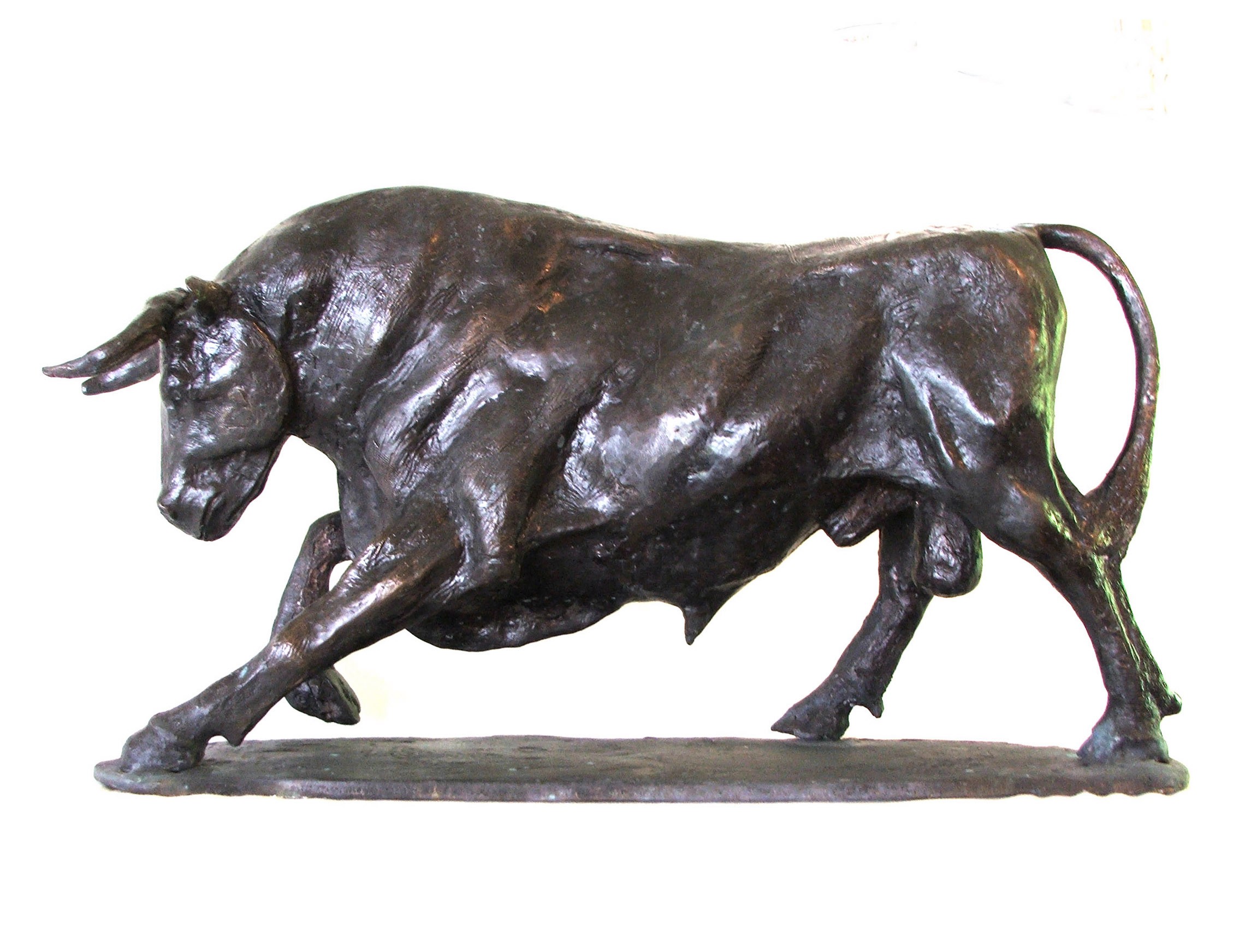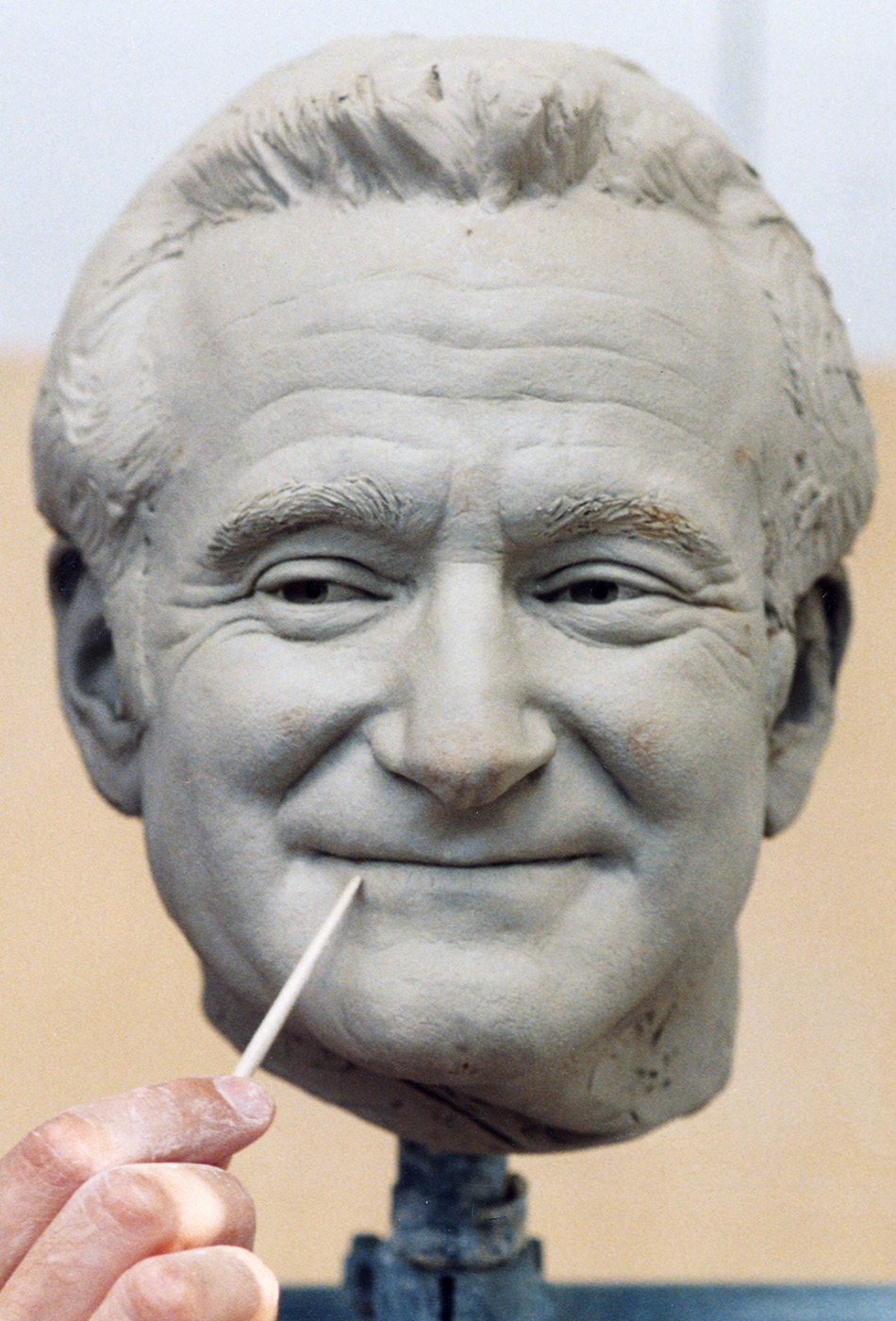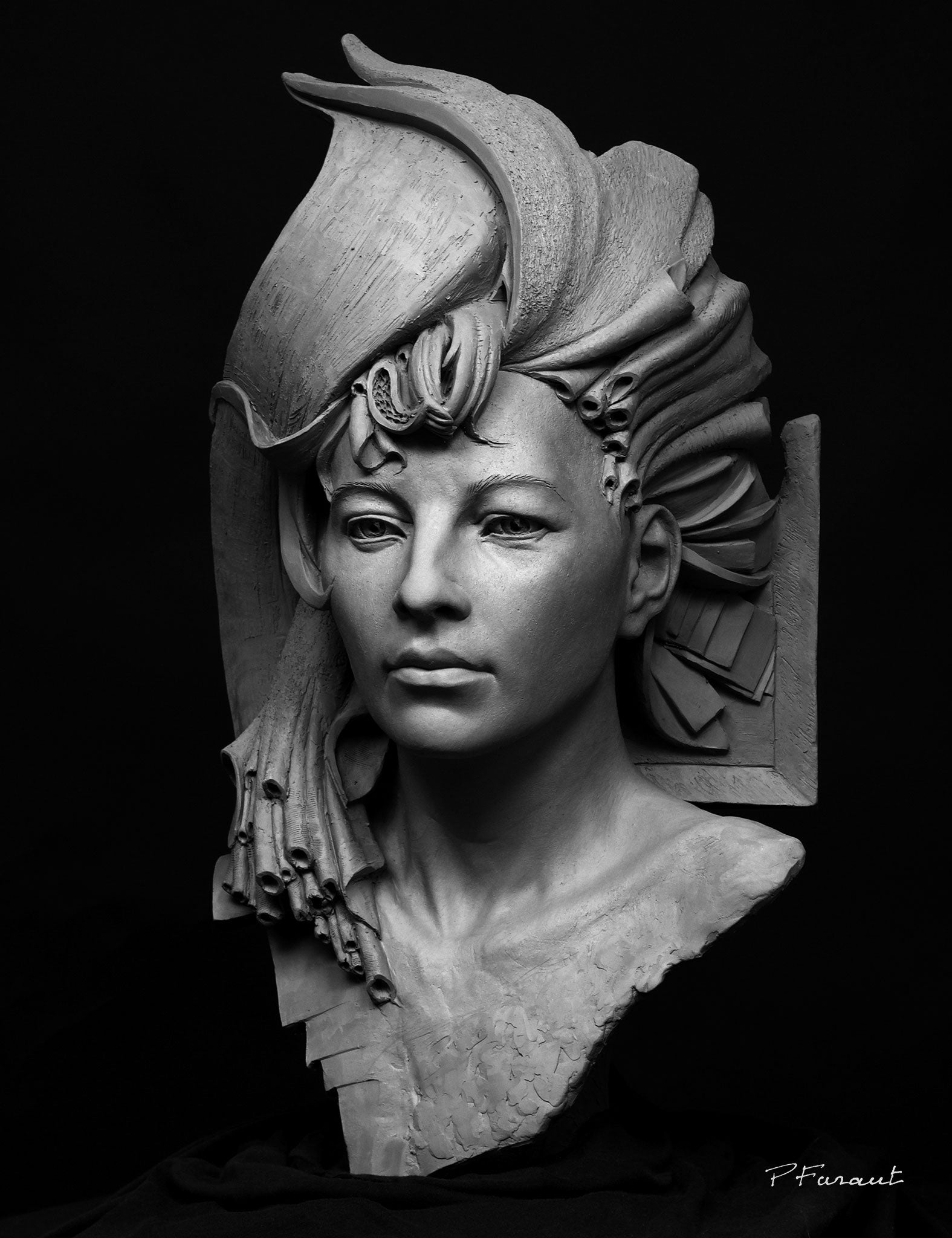Beyond Boundaries: Contemporary Sculptures Redefining Perspectives
Wiki Article
The Development of Sculptures: From Old to Modern
The Evolution of Sculptures: From Ancient to Modern. Contemporary Sculptures.Sculpture, among the oldest forms of art, has been an essential component of human civilization for centuries. From the ancient worlds of Egypt and Greece to the modern-day era, sculptures have actually advanced, showing modifications in imaginative methods, materials, and cultural impacts. This trip via time traces the growth of sculptures, discovering the shifts stylishly, subject issue, and creative expression.
Starting with the old world, sculptures crafted from stone and later on bronze recorded the essence of divine beings, leaders, and daily life. The Renaissance period observed a revival of classic sculpting techniques, as musicians sought to replicate the elegant forms of ancient Greek and Roman sculptures (Equine Sculptures). In the contemporary age, musicians challenged traditional boundaries, welcoming abstraction and experimentation with brand-new products
This expedition will certainly look into the diverse development of sculptures, revealing the abundant tapestry of creative expression across different periods and cultures.

Ancient Sculptures: From Rock to Bronze
Old sculptures transitioned from being taken of rock to being cast in bronze. This shift marked a significant advancement in the art of sculpture, permitting for better refinement and information in the ended up jobs. Rock sculptures, while excellent in their own right, were restricted by the nature of the material. Stone called for substantial carving and shaping, usually causing a much more streamlined representation of the subject.The introduction of bronze as a tool for sculptures produced a change in imaginative expression. Bronze supplied carvers the possibility to produce natural and intricate kinds that were not feasible with rock. The process of casting bronze permitted for the creation of numerous copies of a sculpture, allowing broader circulation and conservation of these artistic masterpieces.
The shift from stone to bronze additionally saw a shift in the topic of sculptures. While stone sculptures primarily depicted gods, goddesses, and mythical figures, bronze sculptures began to mirror a wider variety of topics, including daily individuals and animals. This growth of subject matter showcased the flexibility and versatility of the bronze tool.
Renaissance Resurgence: Forming in the Classic Style
The Renaissance rebirth of sculpture witnessed a resurgence in the classic style, structure upon the innovations made during the change from rock to bronze in old sculptures. Throughout this period, artists sought to recreate the classical visual and perfects of elegance that prevailed in ancient Greek and Roman sculptures.Among the key features of the Renaissance resurgence was the emphasis on naturalism and the human form. Sculptors like Donatello and Michelangelo make every effort to record the physiological details and expressions of their topics with unmatched accuracy. They examined the body and integrated their monitorings into their sculptures, resulting in lifelike and sensible representations.
Another essential aspect of the Renaissance rebirth was the exploration of perspective and deepness. Musicians used methods such as contrapposto, where the weight of the body is changed away, developing a sense of activity and dynamism. They likewise explored with various products, consisting of marble and bronze, to accomplish a degree of sophistication and complexity in their sculptures.

Innovation and the Avant-Garde: Damaging Standard Boundaries
Throughout the Modernism and Avant-Garde movements, sculptors pushed the boundaries of standard imaginative conventions. This period, which arised in the late 19th and early 20th centuries, saw a significant change in the way musicians approached sculpture. Rejecting the idea of art as mere replica, modernist artists sought to explore brand-new forms, products, and principles.
Among the essential features of modernist sculpture was the emphasis on abstraction. Carvers relocated away from sensible depictions and instead concentrated on recording the significance of the topic with streamlined forms and geometric forms. This departure from standard depiction enabled musicians to share their feelings and concepts in a much more subjective and personal way.

Contemporary Sculptures: Discovering New Materials and Concepts
With a concentrate on discovering brand-new materials and concepts, contemporary sculptures have actually revolutionized the field of art. Artists today are pressing the limits of traditional sculpture by exploring and utilizing cutting-edge materials with abstract concepts. These sculptures challenge standard notions of materiality, type, and significance, welcoming audiences to take part in a provocative and brand-new artistic experience.Contemporary artists are welcoming a large range of materials, including plastic, glass, metal, and even raw material. They are not limited to the typical tool of rock or clay, enabling higher civil liberty and testing. This shift towards unique materials has opened up brand-new opportunities for musicians to develop sculptures that are vibrant, interactive, and visually striking.
Along with exploring brand-new products, contemporary sculptures also explore facility and abstract principles. Musicians are currently discovering themes such as identification, social concerns, and the setting, using sculpture as an effective medium for social discourse and self-contemplation. These sculptures test visitors to believe seriously and involve with art on a much deeper level, stimulating conversations and provoking psychological feedbacks.
Worldwide Influences: Sculptural Customs From All Over The World
Sculptural practices from various regions of the world have substantially shaped the advancement of sculptures throughout background. The worldwide influences on sculpture have been varied and have actually added to the splendor and variety of imaginative expressions. From the old civilizations of Egypt, Greece, and Rome to the detailed makings of Asian cultures, each area has created its unique sculptural practices that have actually affected musicians across time.In ancient Egypt, sculptures were created primarily for spiritual and funerary objectives. The legendary sculptures of gods and pharaohs, such as the Great Sphinx and the bust of Queen Get the facts Nefertiti, display the Egyptians' mastery of rock sculpting and their idea in the afterlife.
In ancient Rome, sculpture offered both creative and political functions. Roman sculptures frequently portrayed emperors, generals, and mythical figures, reflecting the power and majesty of the empire. The marble sculpture of Augustus of Prima Porta and the monumental Arc of Constantine are significant examples of Roman sculptural achievements.
Oriental sculptural customs, especially in India, China, and Japan, have also had a profound influence on the advancement of sculptures. Indian sculptures, such as the elaborately carved holy places of Khajuraho and the enormous statues of Buddha, exhibit a rich fusion of spiritual, mythical, and building aspects. Chinese sculptures, identified by their fine craftsmanship and interest to information, often portray divine beings, pets, and fabulous figures. Japanese sculptures, influenced by Buddhism, stress simplicity and serenity, seen in the peaceful sculptures of Buddha and the stylish art of bonsai.
The international influences on sculpture continue to develop in the contemporary era. As we look to the future, it is particular that the worldwide impacts on sculpture will continue to form and redefine this old art type.
Final Thought
In final thought, the evolution of sculptures has seen a shift from ancient rock and bronze functions to the classic revival during the Renaissance. This was complied with by the splitting of traditional boundaries via innovation and the progressive activity. Today, modern sculptures check out brand-new materials and concepts, while additionally drawing inspiration from international sculptural customs. The journey of sculptures shows the ever-changing artistic expressions and cultural impacts throughout history.From the old worlds of Egypt and Greece to the contemporary period, sculptures have evolved, showing modifications in artistic methods, materials, and social influences.Starting with the old globe, sculptures crafted from rock and later on bronze captured the significance of divine beings, rulers, and daily life.Ancient sculptures transitioned from being carved out of stone to being cast in bronze. While stone sculptures mostly shown gods, goddesses, and mythical figures, bronze sculptures started to reflect a broader range of topics, including daily individuals and pets.In conclusion, the advancement of sculptures has actually seen a change from ancient rock and bronze functions to the timeless rebirth during the Renaissance.
Report this wiki page